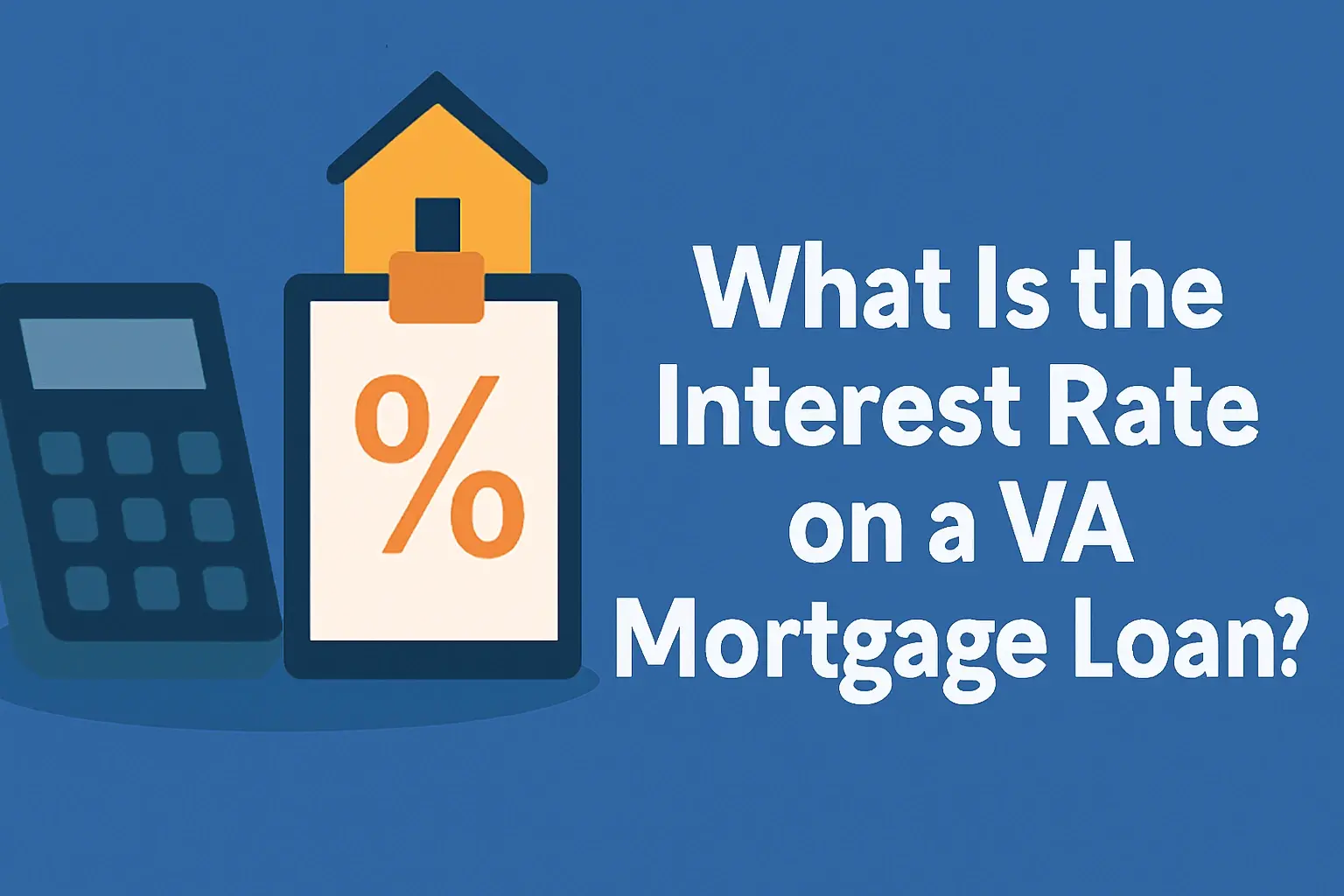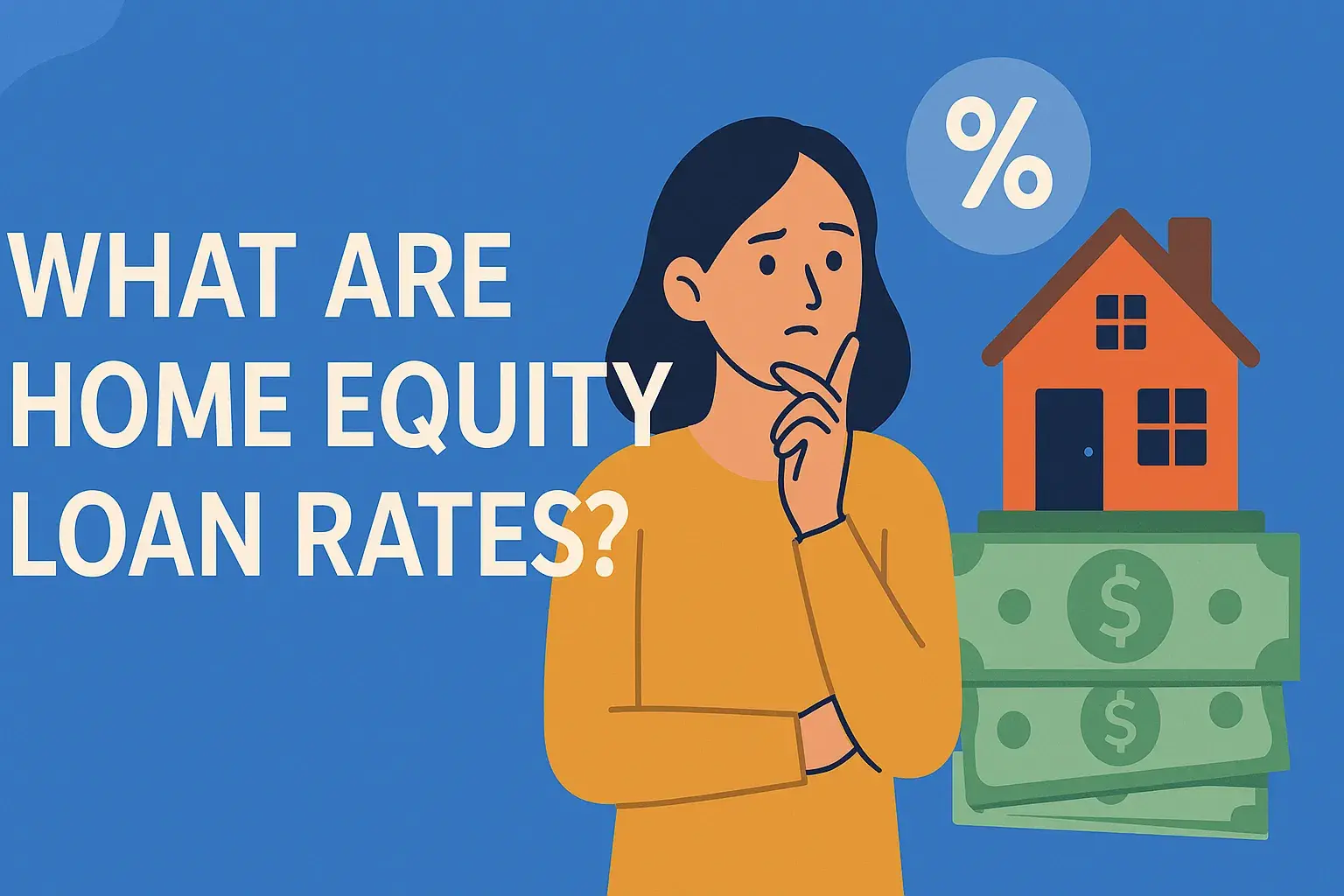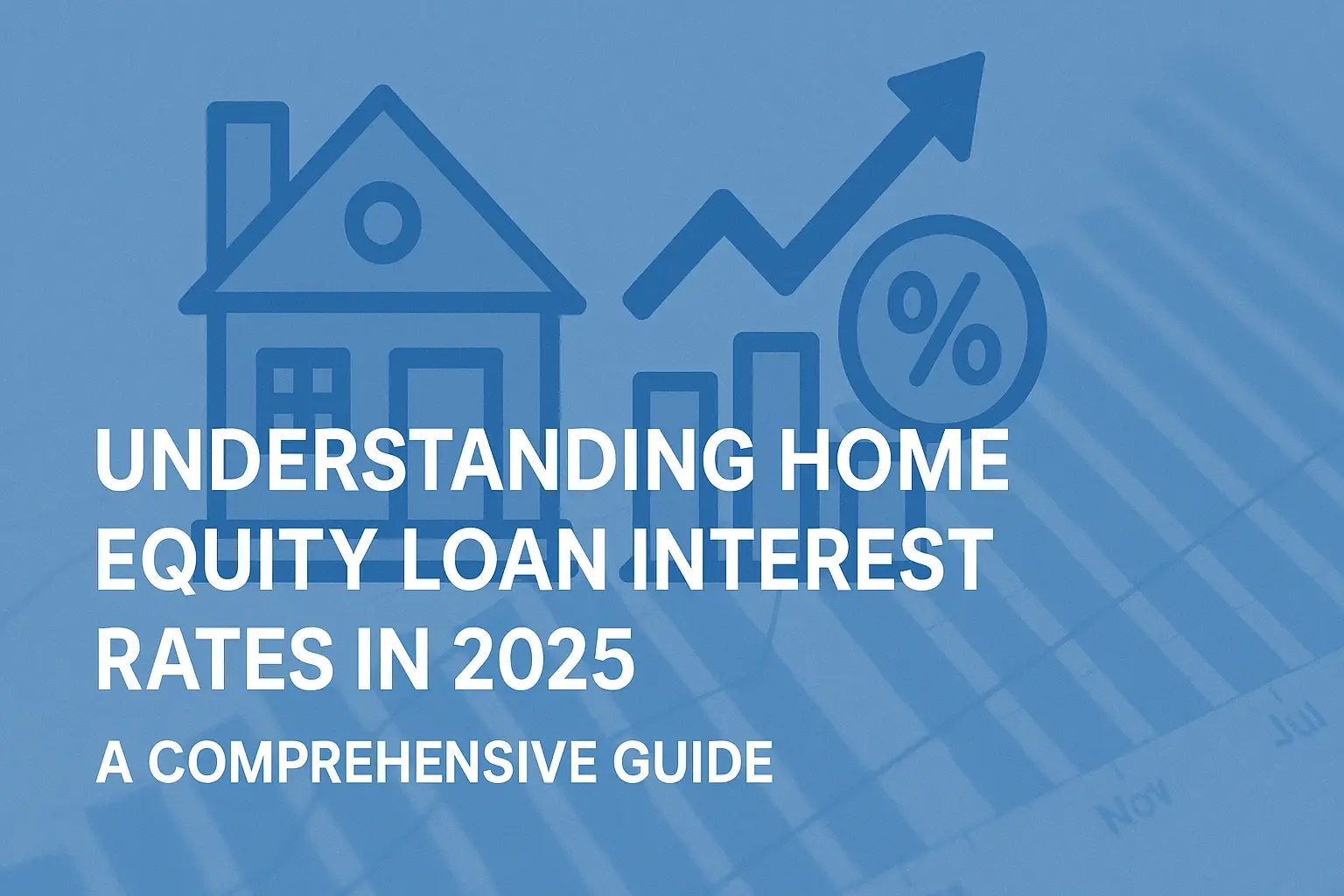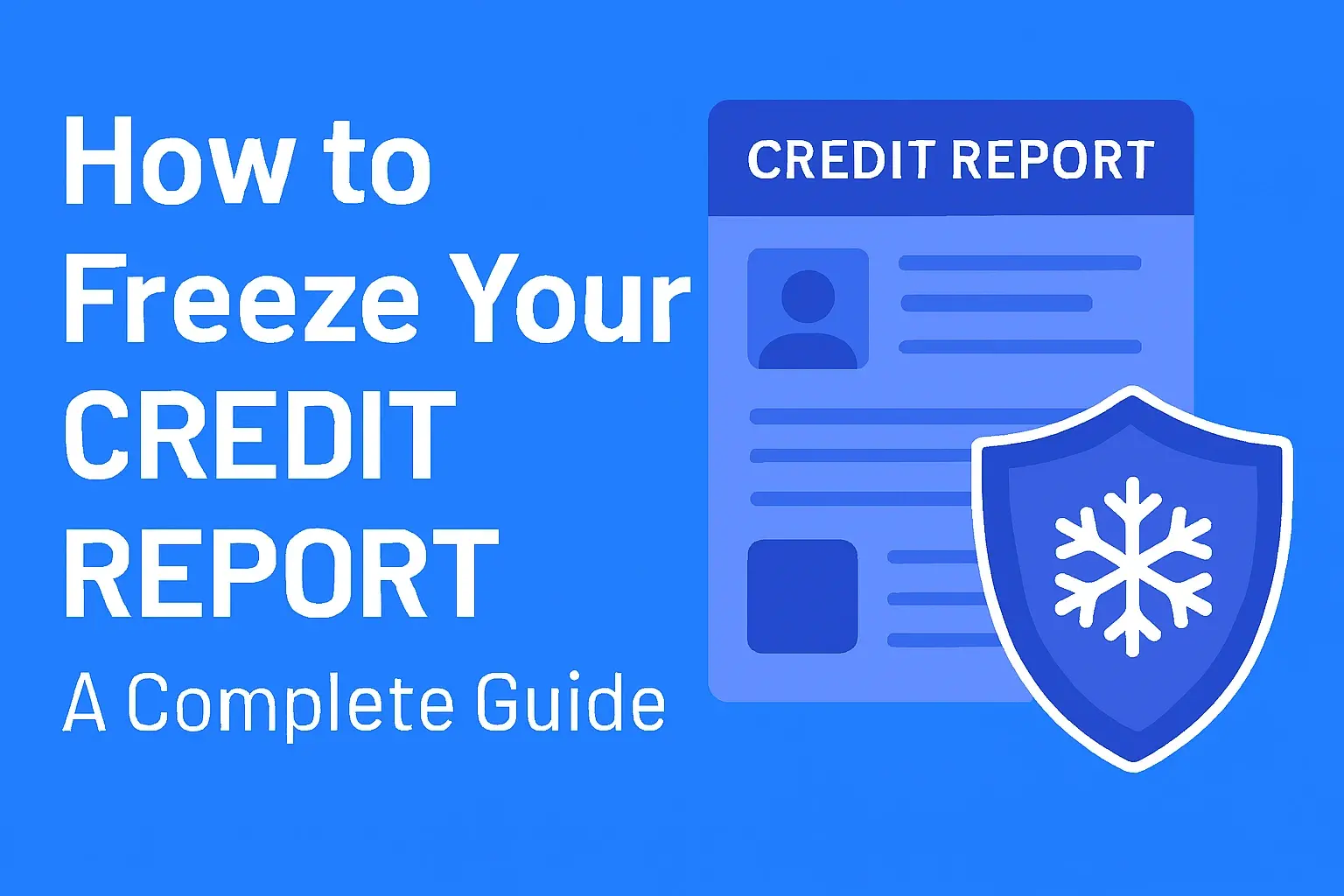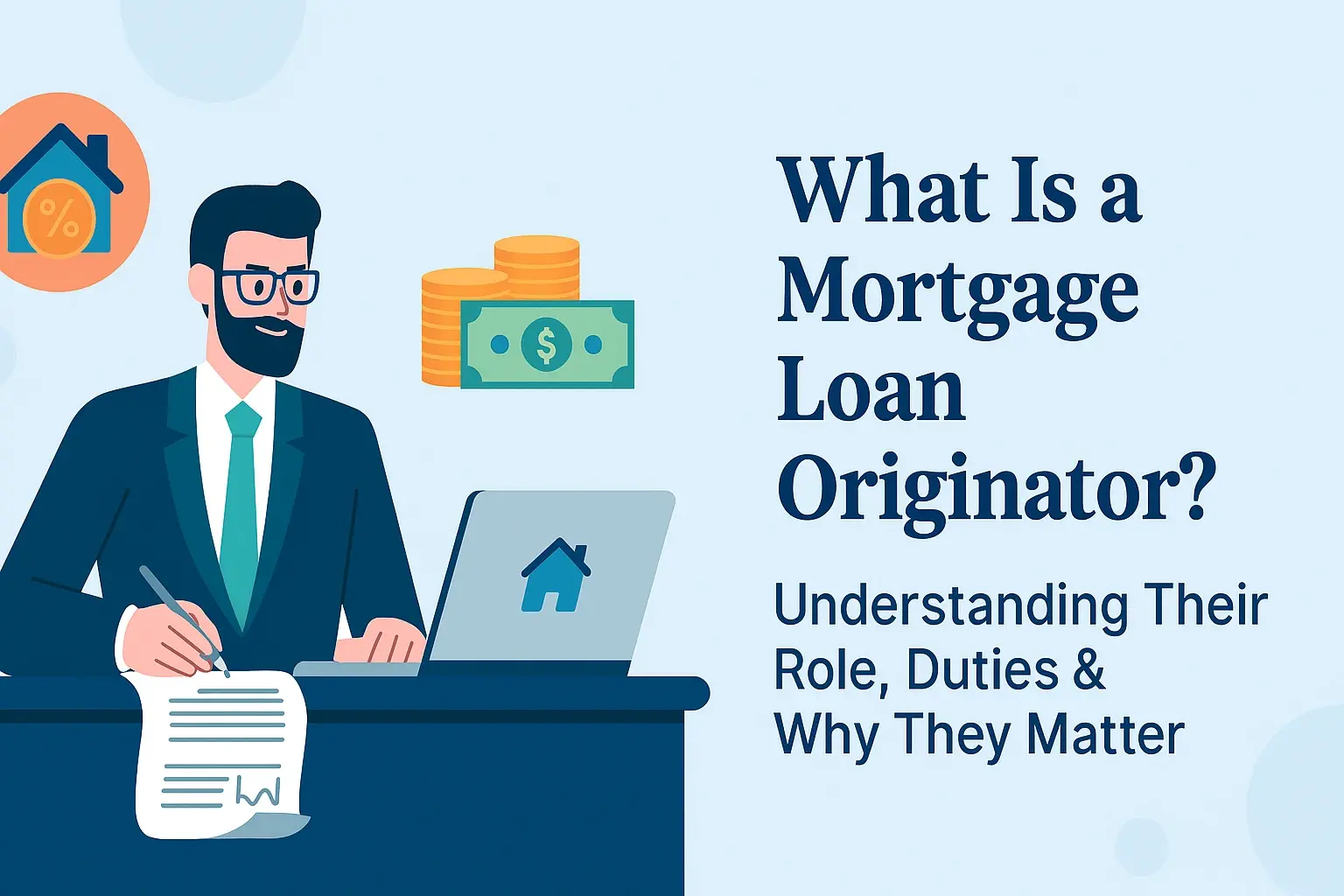-
Posted on: 23 Aug 2024

-
Buying a home is one of the biggest financial decisions you'll ever make. A crucial first step is figuring out how much you can actually borrow. Understanding your potential borrowing power empowers you to house hunt with confidence and avoid the heartbreak of falling in love with a home you can't afford. This comprehensive guide breaks down the key factors lenders consider and offers practical tips to maximize your loan eligibility.
Understanding the Key Factors Influencing Your Loan Amount
Lenders don't just hand out mortgages based on gut feelings. They use a structured approach to assess risk, and several factors play a significant role in determining how much they're willing to lend you. Here's a detailed look:
1. Income and Employment History
Your income is a primary indicator of your ability to repay the loan. Lenders want to see a stable and consistent income stream. They'll typically request:
- Pay stubs: Covering the past 30-60 days.
- W-2 forms: From the past two years.
- Tax returns: For the past two years (especially important for self-employed individuals).
- Employment verification: To confirm your current employment status.
Self-employed individuals often face more scrutiny as their income can fluctuate. Lenders will meticulously analyze their tax returns and financial statements to determine a consistent average income. Having a longer and more stable employment history greatly increases your chances of approval and may allow you to qualify for a larger loan.
2. Credit Score and Credit History
Your credit score is a numerical representation of your creditworthiness. It reflects your history of repaying debts. A higher credit score signals to lenders that you're a reliable borrower and lowers the risk associated with lending you money.
Key aspects of your credit history lenders will examine include:
- Payment history: On-time payments are crucial. Late payments, even small ones, can negatively impact your score.
- Credit utilization: This is the amount of credit you're using compared to your total available credit. Keeping your credit utilization low (ideally below 30%) demonstrates responsible credit management.
- Length of credit history: A longer credit history provides lenders with more data to assess your borrowing behavior.
- Types of credit accounts: Having a mix of credit accounts (e.g., credit cards, auto loans) can be viewed favorably.
- Public records: Bankruptcies, foreclosures, and judgments can significantly damage your credit score.
Aim for a credit score of 740 or higher to qualify for the best interest rates and loan terms. A lower credit score may still allow you to get a loan, but you'll likely pay a higher interest rate.
3. Debt-to-Income Ratio (DTI)
Your debt-to-income ratio (DTI) is the percentage of your gross monthly income that goes toward paying off your monthly debts. Lenders use DTI to gauge your ability to manage your existing debt obligations along with a new mortgage payment.
How to Calculate DTI:
DTI = (Total Monthly Debt Payments / Gross Monthly Income) x 100
For example, if your gross monthly income is $6,000 and your total monthly debt payments (including credit card bills, car loans, student loans, etc.) are $1,800, your DTI would be:
DTI = ($1,800 / $6,000) x 100 = 30%
Generally, lenders prefer a DTI of 43% or lower. A lower DTI indicates that you have more disposable income and are less likely to struggle with making your mortgage payments. Some loans, such as FHA loans, may allow for higher DTIs under certain circumstances.
4. Down Payment
The down payment is the percentage of the home's purchase price that you pay upfront. A larger down payment demonstrates a stronger financial commitment and reduces the lender's risk.
Benefits of a larger down payment:
- Lower loan amount: Requires you to borrow less money.
- Potentially lower interest rate: Reduces the lender's risk.
- Avoidance of Private Mortgage Insurance (PMI): Typically required when the down payment is less than 20%.
- More equity in your home from the start: Increases your financial security.
While a 20% down payment is often considered ideal, there are many loan programs available with lower down payment options, such as FHA loans (as low as 3.5% down) and VA loans (often no down payment required for eligible veterans).
5. Assets
Lenders also consider your assets, such as savings accounts, investment accounts, and retirement funds. These assets provide a financial cushion and demonstrate your ability to handle unexpected expenses. The more assets you have, the more confident a lender will be in your ability to repay the loan.
Acceptable assets typically include:
- Savings accounts
- Checking accounts
- Investment accounts (stocks, bonds, mutual funds)
- Retirement accounts (401(k), IRA)
6. Loan Type and Interest Rates
The type of loan you choose (e.g., conventional, FHA, VA, USDA) and the prevailing interest rates will significantly impact your monthly mortgage payment and, consequently, the amount you can qualify for.
- Conventional Loans: Typically require a higher credit score and down payment but offer more flexibility.
- FHA Loans: Backed by the Federal Housing Administration, making them easier to qualify for with lower credit scores and down payments. Often require mortgage insurance.
- VA Loans: Available to eligible veterans and active-duty military personnel. Often offer no down payment and lower interest rates.
- USDA Loans: Available to eligible rural and suburban homebuyers. Often offer no down payment.
Interest rates fluctuate based on market conditions and economic factors. Even a small difference in interest rates can have a significant impact on your monthly payment and the total cost of the loan over its lifetime. Shop around for the best interest rates and compare loan offers from multiple lenders.
Estimating Your Borrowing Power: Using Online Mortgage Calculators
While lenders use a complex underwriting process to determine loan eligibility, you can get a rough estimate of your borrowing power using online mortgage calculators. These calculators typically ask for information about your income, debt, down payment, and credit score to provide an estimated loan amount.
Keep in mind that these calculators provide only an estimate. The actual amount you qualify for may vary depending on the lender and your specific financial circumstances.
Improving Your Chances of Getting Approved for a Larger Loan
If you're not happy with the initial loan amount you're estimated to qualify for, there are several steps you can take to improve your chances of getting approved for a larger loan:
1. Improve Your Credit Score
- Pay your bills on time: This is the most important factor in improving your credit score.
- Reduce your credit card balances: Aim to keep your credit utilization below 30%.
- Check your credit report for errors: Dispute any inaccuracies you find.
- Avoid opening new credit accounts: Too many new accounts can lower your credit score.
2. Reduce Your Debt-to-Income Ratio (DTI)
- Pay down existing debt: Focus on paying off high-interest debt first.
- Increase your income: Consider a side hustle or asking for a raise.
- Avoid taking on new debt: This will keep your DTI from increasing.
3. Increase Your Down Payment
- Save more money: Cut expenses and put the extra money towards your down payment.
- Explore down payment assistance programs: Many states and local governments offer programs to help first-time homebuyers.
- Consider a gift from family: Some lenders allow you to use gift funds for your down payment.
4. Gather All Necessary Documentation
Be prepared to provide lenders with all the necessary documentation, including:
- Pay stubs
- W-2 forms
- Tax returns
- Bank statements
- Investment account statements
- Proof of assets
- Driver's license or other identification
- Social Security card
Having all of this documentation readily available will streamline the loan application process and demonstrate your organization to the lender.
5. Get Pre-Approved
Getting pre-approved for a mortgage is a crucial step in the home buying process. Pre-approval involves submitting your financial information to a lender, who will then review it and provide you with a conditional commitment for a loan. This shows sellers that you're a serious buyer and gives you a better understanding of your budget.
Benefits of pre-approval:
- Know your budget: You'll know exactly how much you can afford to spend on a home.
- Strengthen your offer: Sellers are more likely to accept offers from pre-approved buyers.
- Speed up the loan process: Much of the paperwork is already completed.
Working with a Mortgage Professional
Navigating the mortgage process can be complex and overwhelming. Working with a qualified mortgage professional can provide valuable guidance and support. A mortgage broker or loan officer can help you:
- Assess your financial situation: Identify areas where you can improve your loan eligibility.
- Compare loan options: Find the best loan program and interest rate for your needs.
- Navigate the loan application process: Assist with paperwork and answer your questions.
- Negotiate with lenders: Help you secure the best possible terms.
The Importance of Affordability
While it's tempting to try and qualify for the maximum loan amount possible, it's essential to consider affordability. Just because you're approved for a certain amount doesn't mean you can comfortably afford the monthly payments and associated expenses. Factor in property taxes, homeowners insurance, potential maintenance costs, and other expenses to determine a comfortable monthly housing budget.
Being house-poor is never a good situation. Ensure you have enough money left over each month to cover your other financial obligations and enjoy your life.



